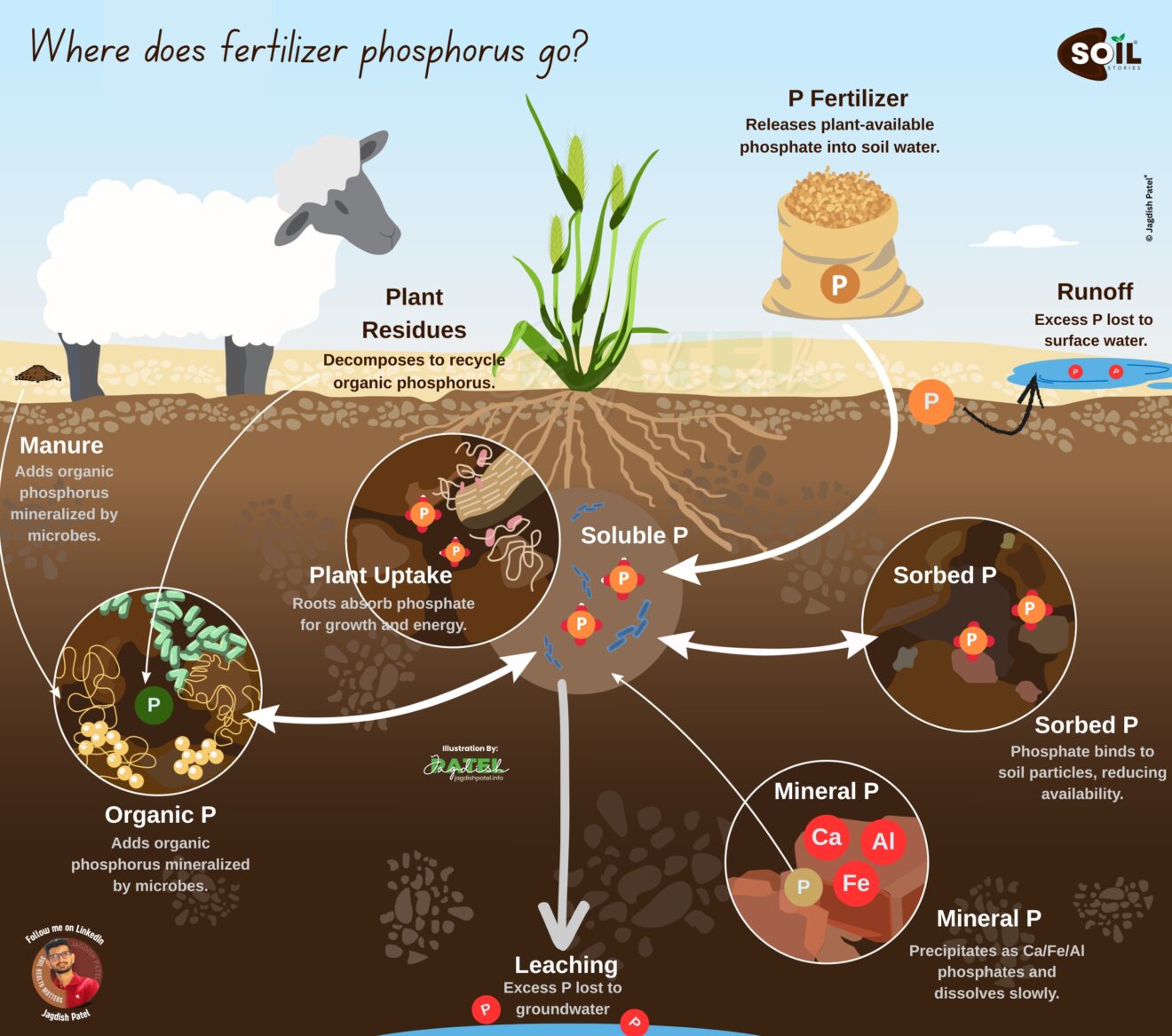When most people think of climate change, carbon dioxide takes the spotlight. Yet there is another greenhouse gas that is quieter, less discussed, and powerfully effective at trapping heat. This gas is nitrous oxide.
Molecule for molecule, nitrous oxide warms the planet about 273 times more than carbon dioxide over a 100-year period, according to the latest IPCC values. It also persists in the atmosphere for about a century on average, with the IPCC estimating a perturbation lifetime of roughly 109 years.
Perhaps most striking, nitrous oxide is currently the most significant ozone-depleting substance being emitted by human activities, a point first emphasized by Ravishankara et al. and reaffirmed in recent United Nations assessments.
Every action we take, no matter how small, can make a difference. Let’s be mindful of our impact and strive to be better stewards of the Earth. 🌍
What exactly is nitrous oxide and why does it matter
Nitrous oxide (N₂O) is part of the global nitrogen cycle. In natural systems, soil microbes produce and consume N₂O as nitrogen shifts among forms. The problem intensifies when human choices push far more reactive nitrogen into soils than ecosystems can balance.
Recent global assessments show anthropogenic N₂O emissions have increased by about 40% since 1980, with agriculture as the dominant source.
For a broader context on how human activities reshape soils and landscapes, you can read related pieces from my blog:
- Soil Pollution Prevention and Ways to Restore Soil Health
- Soil Microbes Feed Plants
- Farming and Climate Change Solutions

Where does nitrous oxide come from in our soils
In soils, nitrous oxide is primarily produced through microbial processes known as nitrification and denitrification. These processes intensify when soils receive more nitrogen than crops can use and when conditions such as excess moisture, compaction, or oxygen limitation arise.
Global syntheses and UN reports attribute the largest share of human-driven N₂O to agricultural practices, including fertilizer use and manure management.
Key facts to keep in mind:
- Warming strength: N₂O has a 100-year Global Warming Potential of 273 relative to CO₂.
- Longevity: About 109 years atmospheric lifetime means today’s emissions will influence climate far into the future.
- Ozone link: N₂O is now the leading ozone-depleting emission from human activities.
Evidence that nitrous oxide is rising
The Global Nitrous Oxide Budget 1980–2020 shows a sustained climb in atmospheric N₂O alongside growing agricultural nitrogen inputs. This assessment quantifies sources and sinks across regions and confirms the 40% rise in anthropogenic emissions over four decades.
United Nations updates warn that continued growth in N₂O emissions threatens the pathway to 1.5°C and increases risks from ultraviolet radiation due to ozone impacts.
The human link
Modern food systems have unlocked tremendous productivity. They have also accelerated the nitrogen cycle. Large-scale use of synthetic fertilizers, concentrated livestock operations, and poorly timed nutrient applications introduce reactive nitrogen that microbial communities transform into nitrous oxide.
FAO analyses of agrifood system emissions help situate N₂O within a wider greenhouse gas footprint that spans fields, supply chains, and diets.
Questions we must ask before we act
Rather than listing solutions here, consider these questions that invite readers, farmers, advisors, and policymakers to reflect and respond:
- How can nitrogen be matched more closely to crop demand throughout the season so soils are not left holding excess reactive nitrogen?
- Which local conditions create hot moments for N₂O formation, such as heavy rainfall on recently fertilized soils or periods of waterlogging?
- What role can soil biology and structure play in moderating nitrogen transformations, and how might rotations, residues, or living roots influence those pathways?
- How should manure and other organic inputs be managed so that nutrients are recycled without creating oxygen-limited zones?
- What monitoring or verification tools would help farmers see nitrogen flows and N₂O risk in near real time?
- Which policies or incentives would make it practical for agriculture to adopt practices that lower N₂O while sustaining profitability and food security?
- How do we evaluate trade-offs among yield, nitrous oxide reduction, nitrate leaching, and methane or carbon outcomes to avoid shifting burdens?
If you are interested in the science behind these questions, consult:
- IPCC AR6 – Climate Change 2021
- Global Nitrous Oxide Budget 1980–2020
- UNEP Global Nitrous Oxide Assessment
- Ravishankara et al., 2009, PNAS
- FAO Agrifood System Emissions
Closing thought
Nitrous oxide may be invisible, but its footprint is vivid. It shapes climate, touches the ozone layer, and reflects how we use nitrogen on the land that feeds us. The most important step now is an open conversation that brings farmers, scientists, and food system leaders together to answer the questions above with data, context, and care.




